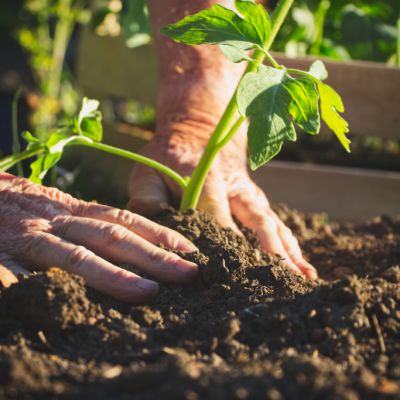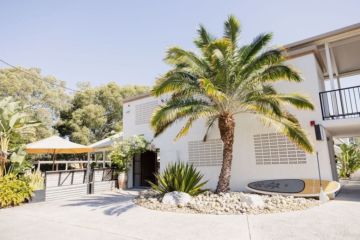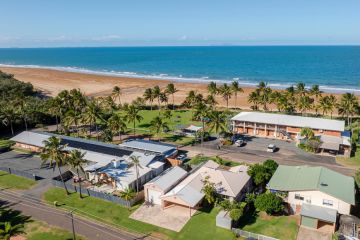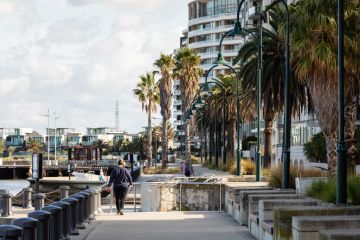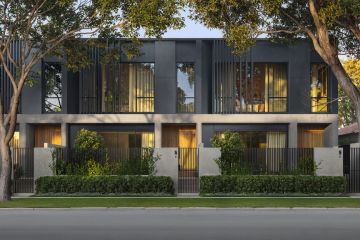Why you should think twice about using fake grass
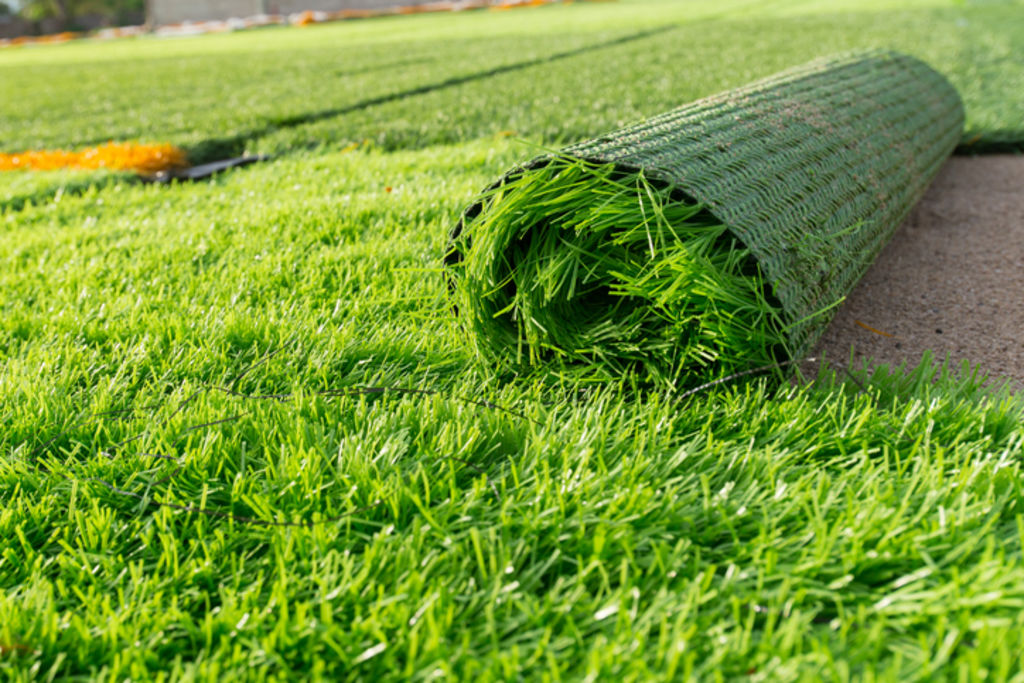
Vic Sutton couldn’t face the idea of looking out onto “green plastic” daily.
With patchy grass in summer and boggy sections in winter, the Suttons wanted their young children to make good use of their backyard year-round.
A choice often based on practicality, they considered artificial turf as a possible solution to these problems.
Listen to episode seven of Domain’s podcast Somewhere Else :
In the end the Suttons bucked the growing trend towards artificial grass and went au natural – their decision primarily an environmental one.

“I felt it would be adding to the amount of unnecessary plastic in the world at a time when we are trying to reduce it,” Sutton said.
“I wanted the kids to be exposed to real grass when they were outside and, after reading an article about kids needing to be exposed to soil to help build their immune systems, we decided to stick with our patchy, muddy real grass.”
With more companies importing products offering a wider variety at a lower cost, Scott Humphreys, director of award-winning landscaping company Humphrey’s Landscaping, said the spread of artificial turf would continue to grow, but he says it’s not a great environmentally-friendly option.
“It’s still a plastic product. The hidden side of fake grass is the preparations underground which see base rock in place of organic soils which would be used under a real lawn. It’s hard to see insects or bees benefiting from plastic in their environment,” he said.
“When we consider functionality of landscape spaces we find there are better products suited in a good landscape to cater for both sun and shade.
“Fake grass has a tendency to get very hot if under foot in a sunny space and on the other hand starts growing moss in a shaded area.”
If your fake grass is permeable it can be used without resource consent though it can’t cover more than 50 per cent of the landscaped area within residential zones.
The Western Australian Government has done a fair bit of leg work and has a link on its website into to the broader environmental considerations of artificial turf, and across the ditch Auckland Council said it had begun looking into local and international research.
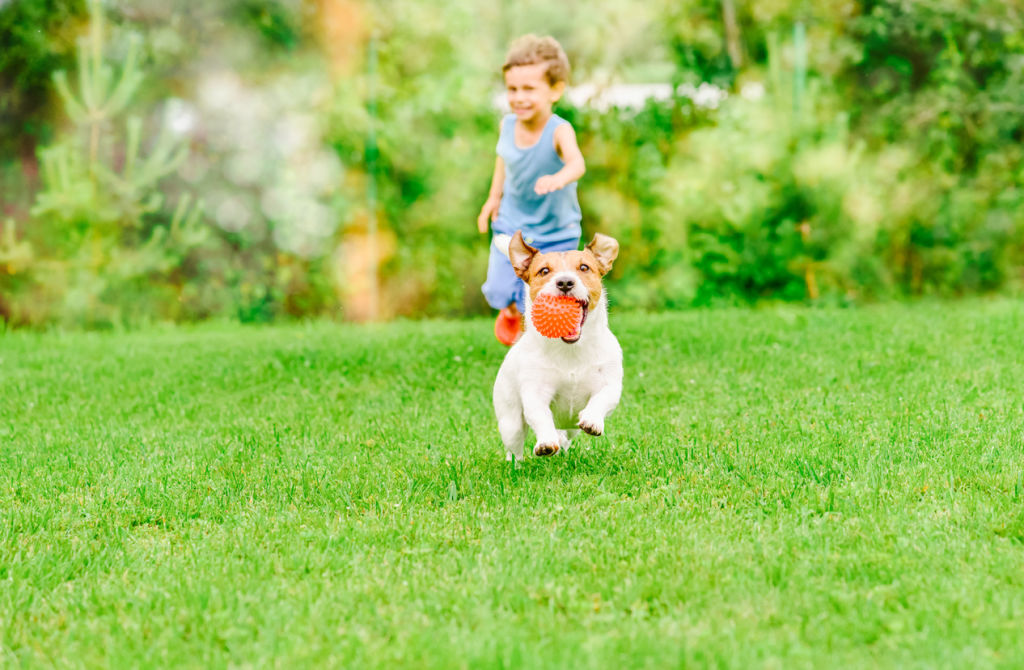
These include comparing the carbon footprint of natural grass and synthetic turf for the whole life cycle of the product, the habitats and ability of natural grass to break down pollutants, the noise, glare and heat dissipation offered, and its end of life disposal.
Many synthetic turf companies promote their products as being an environmentally-friendly alternative to natural grass. Ecological benefits include conserving water and removing the need for mowing and the use of fossil fuels, pesticides or herbicides.
Gareth Tipene owner of synthetic turf company Eco Lawn said while he doesn’t think fake grass is more environmentally friendly, it’s not “any worse” than natural lawn.
“You may need to buy two lawn mowers over a 10-year period which is the guarantee period of most of our artificial grass products. Lawn mowers are made of plastic, rubber, steel etc, and it all goes to landfill as well.
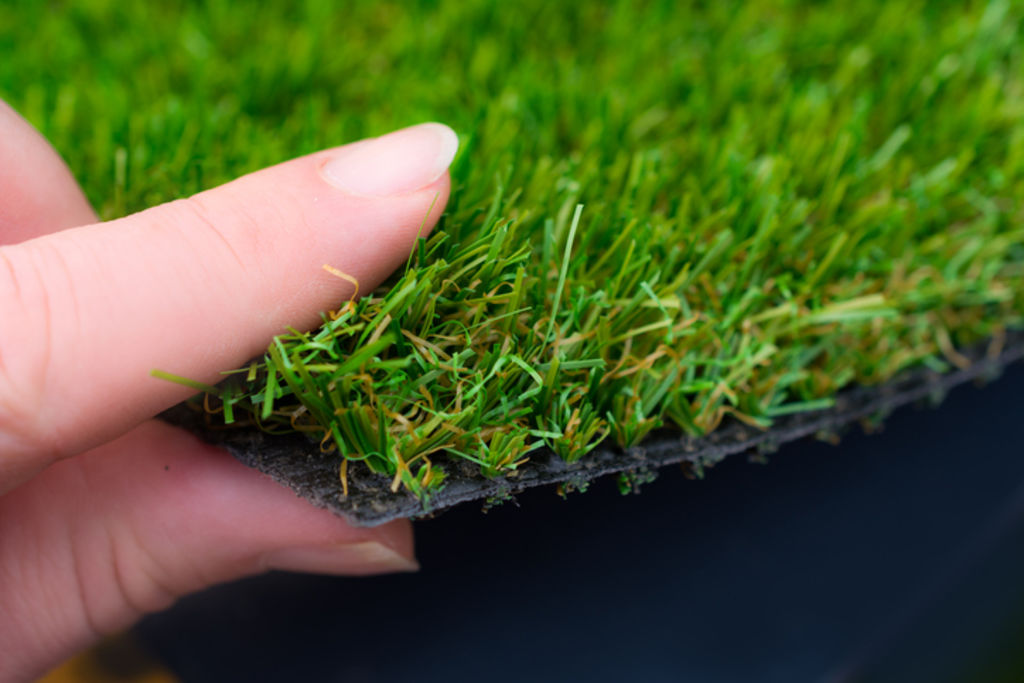
“It’s hard to say but the carbon footprint may end up very similar between a living lawn and artificial when you consider the point mentioned. A small artificial lawn might take up the same volume of landfill space as a lawn mower. A large artificial lawn will take up more landfill space but a large living lawn will require a lot more petrol to be consumed by a mower to mow the lawn,” he said.
However, Scott Humphreys pointed out nothing in your outdoors is maintenance free and “fake grass is no exception.”
“Apart from annual spraying to remove mould, you can also be up for regular weeding as weeds do start to grow on the turf.
“Re-sanding over time and repairs as the turf ages will also become more regular. If you have animals, you will have to continually wash the turf if any droppings are left as there is no soils to absorb any of this for you,” he said.
“We look at new installs of synthetic turfs and they look great on day one. The harder question is what do they look like in a couple of years and why would you have something fake when you can have something real?”
This article originally appeared on stuff.co.nz
We recommend
We thought you might like
States
Capital Cities
Capital Cities - Rentals
Popular Areas
Allhomes
More

